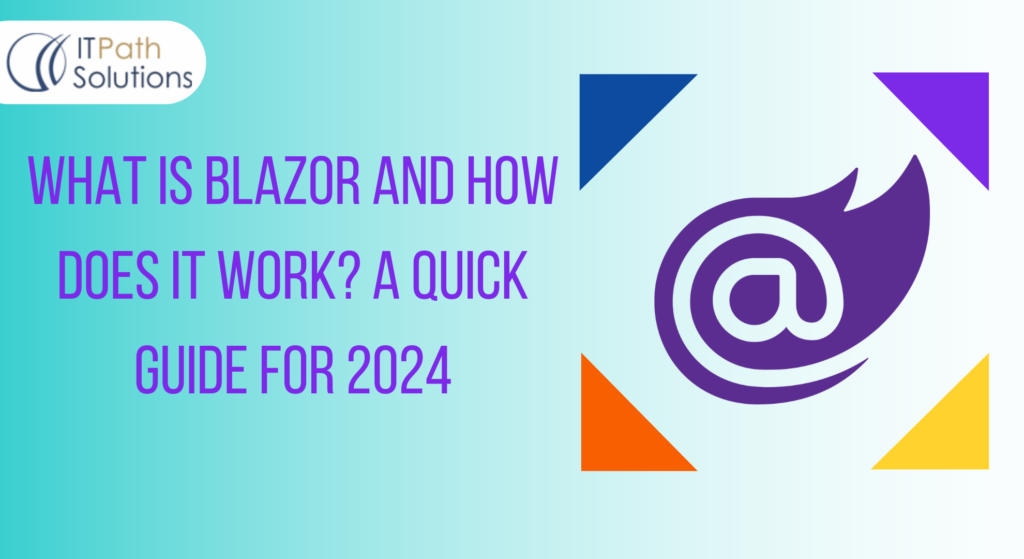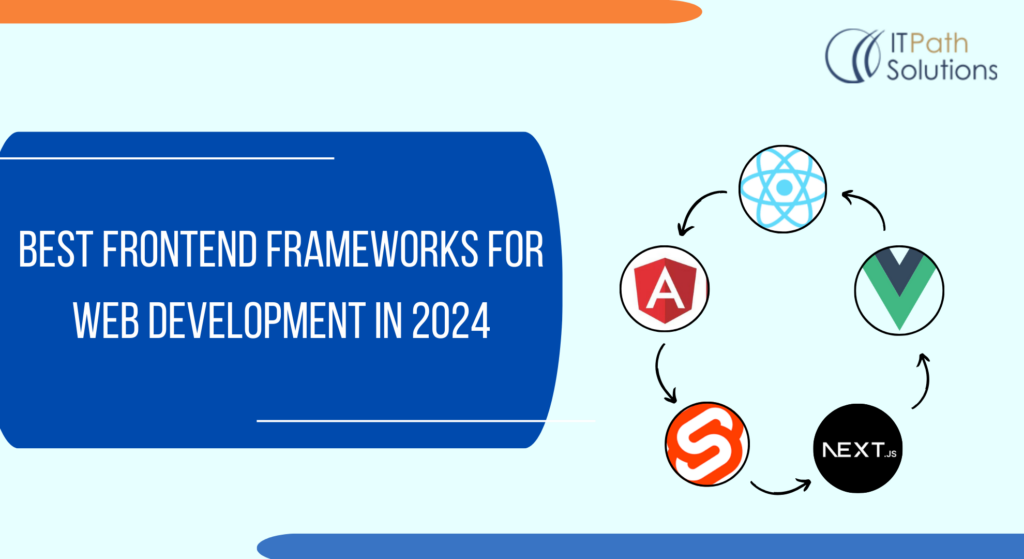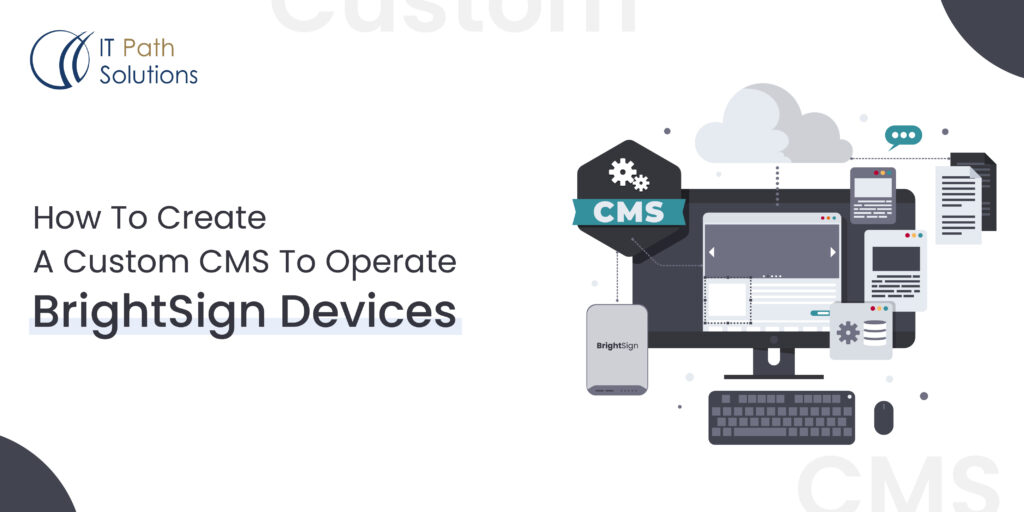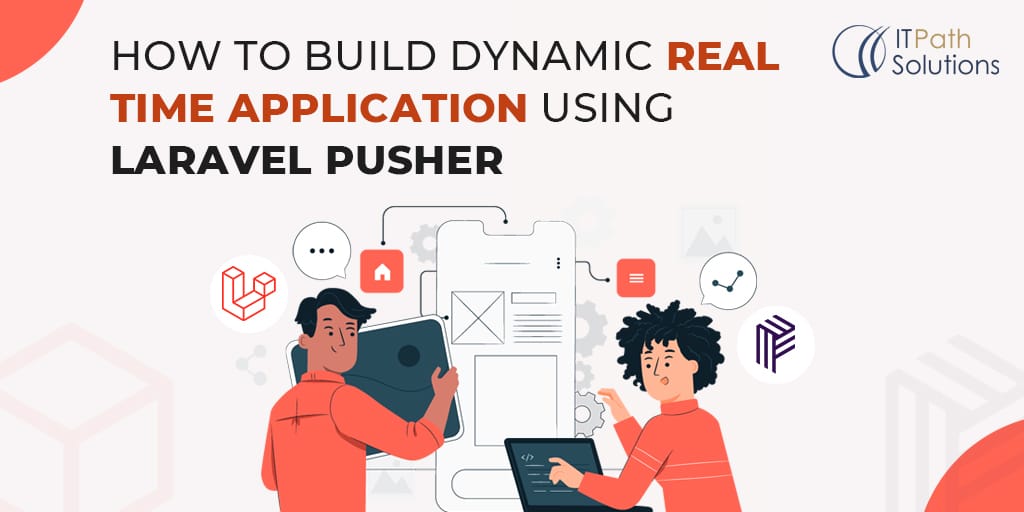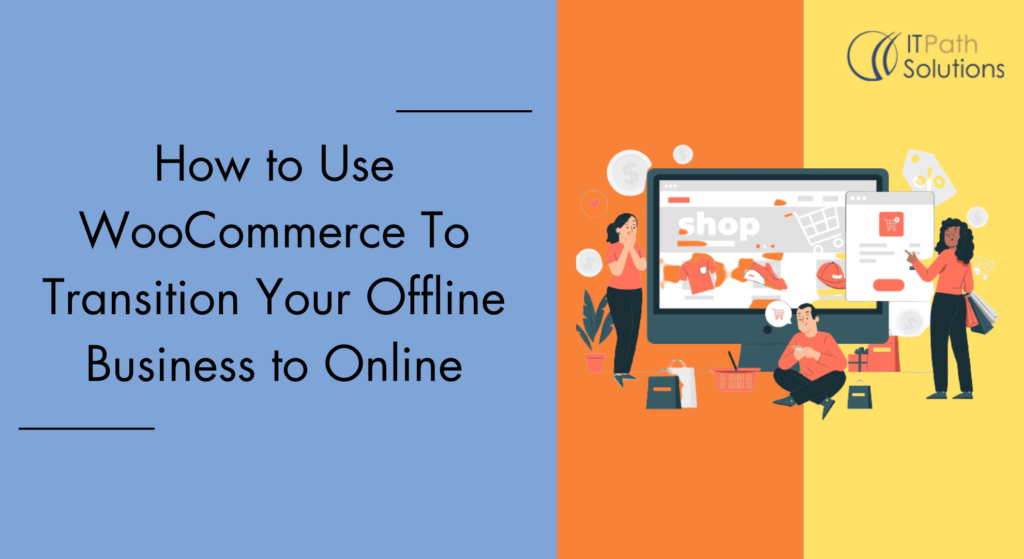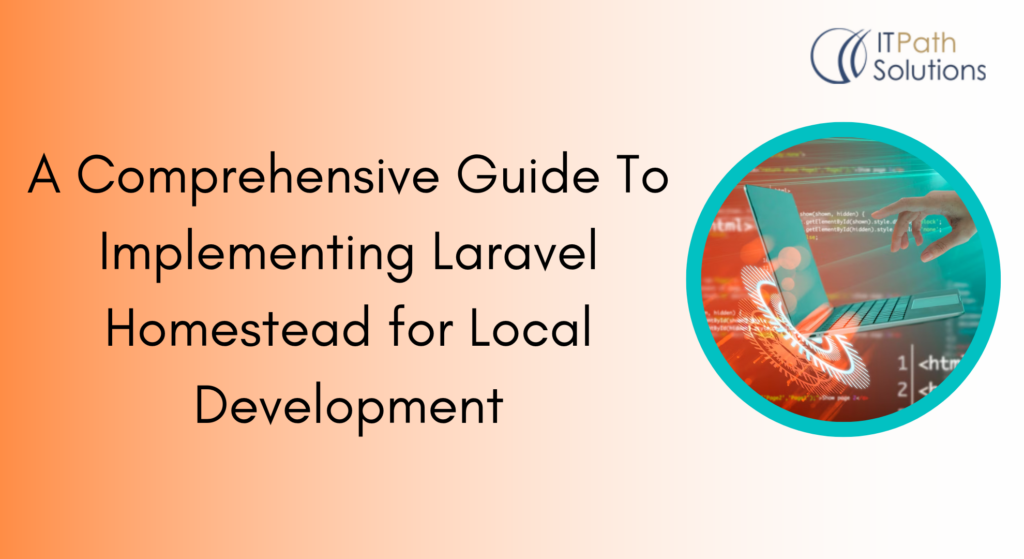Here’s Why You Should Opt For Headless Commerce for Your eCommerce Store
Web Development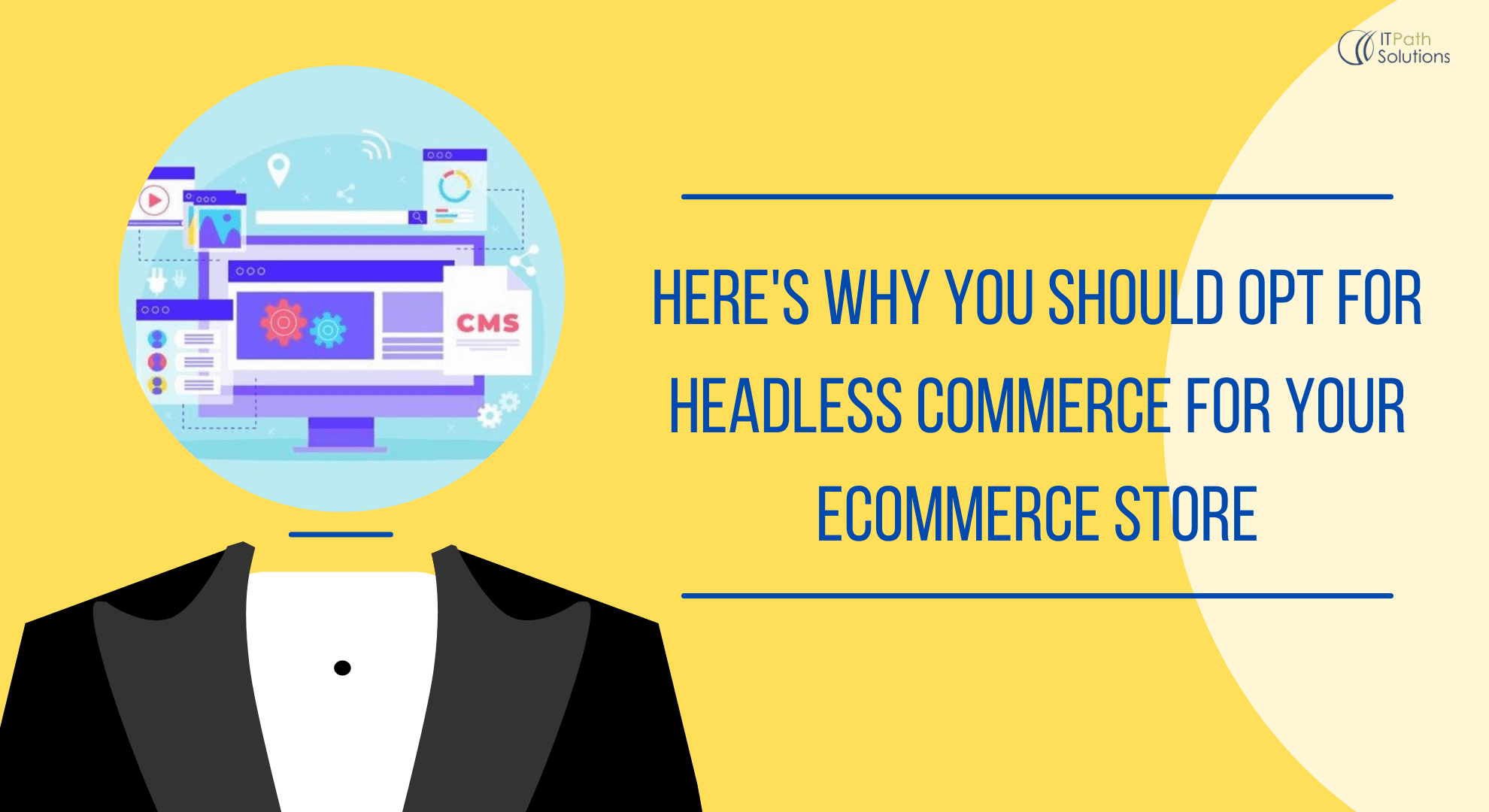
The retail & eCommerce industry has benefitted from the shift to remote work and more and more people moving to online. As such small-scale businesses and small eCommerce shops suddenly had to contend with a large customer base suddenly becoming their regular customers. Many online businesses had to contend with the challenge of dealing with an increased customer base.
One of the ways large eCommerce operations are managing their online platforms is through headless commerce. Headless commerce decouples the front end and the back end. Allowing an eCommerce business to scale the backend for large orders or enhanced logistics system while keeping the front end intact. Conversely, headless commerce also allows the front end to be enhanced while keeping the backend unaffected by the changes happening in the front end.
By decoupling the back end and front end connection, an eCommerce business can scale the back end or the front end separately and can keep the platform working without going for maintenance and downtime.
What is Headless eCommerce?
Headless eCommerce is the decoupling of the back end and front end of an eCommerce website. Traditionally, the back and front ends is connected and work together. But in Headless eCommerce, both are decoupled, and as such changes in one don’t affect the other. The term headless commerce was coined by Dirk Hoerig, co-founder of commerce tools in 2013. Many large eCommerce brands were noticing that they were unable to continuously improve the user experience and to mitigate that, headless commerce was needed. With headless commerce, customer experience can be improved at every touchpoint including checkout & orders.
The front end and back end interact with each other using APIs or other interfaces which allows the decoupled front end and back end architecture to work.
What Are The Major Benefits of Headless Commerce?
Fast Change Implementation & Optimization
Sites with connected back and front ends may take some time before changes added are visible and applicable to all users. But with headless commerce, the changes are instant and live for all users at once and without any delay.
Faster Scaling
With headless commerce, developers can quickly change the front end or add additional features for products, delivery & logistics in the backend without affecting the site performance and uptime.
As such when you want to scale up the website and its capabilities, headless commerce allows you to do that without designing everything from scratch.
Better User Experience
A business has the ability to influence all stages of a customer journey with headless eCommerce. You can also use the customer data and personalized information that is stored in the back end to create a personalized front-end experience.
Enhanced Security
With separate network systems and access control points, headless commerce offers better security profiles than a traditional eCommerce setup.
Better CRO
With sequential changes, your marketing team can perform small changes incrementally you can improve user experience and conversions for your store.
A/B Testing
Since you can change some aspects of the website without needing to overhaul the entire website, you can perform A/B testing for increased performance and enhanced marketing efforts. You can improve your landing pages, increase conversion rates and focus on retaining customers at a higher rate.
Framework Independence
Developers can use any front end for the eCommerce website. Giving them the flexibility and the freedom to choose the front end they see as the best fit.
Omnichannel Marketing
It’s far easier to integrate various marketing channels and platforms in headless commerce than in traditional eCommerce setups. As such, you can easily set up an omnichannel strategy for your eCommerce brand with headless commerce.
Future Ready
To update the content or change the branding, you can do it easily in headless architecture without affecting the backend. This flexibility allows you to update the front end whenever needed.
Challenges of Headless Commerce?
Not Readymade Frontend
Headless commerce comes without a dedicated front end. So developers will have to create a front end from scratch.
More Development Time
Initially, headless commerce will take some time to set up as you will need to set up both the front and back ends separately. This initial setup time will be a bit lengthier than setting up a traditional eCommerce store but it actually allows you greater flexibility later on and saves time when you need to make changes.
Large Team Requirements
Headless commerce will require a large in-house team or an offshore team of developers well versed in both the front end and the back end to upkeep and maintain the eCommerce platform. As such you will require to hire a dedicated team or use third-party headless commerce solutions like Shopify.
By and large, large eCommerce companies are opting for headless eCommerce. Small organizations opt for third-party headless commerce solutions to mitigate the requirement for large development teams.
Relatively High Maintenance
Headless Commerce is harder to maintain as you have to maintain the front end, back end, and the various APIs and the connections they have between the front and backend. Hence you require a large team to maintain and upkeep a Headless Commerce setup.
Conclusion:
Headless commerce has been adopted by all major eCommerce brands and platform providers. If you are having an eCommerce business with a traditional structure, it makes sense to move to headless Commerce before you scale your business and complexity makes your transition hard & unsuccessful. Drop us a line below to discuss how we can switch to Headless Commerce.
 Healthcare
Healthcare  Education
Education  Real Estate
Real Estate  Logistic
Logistic  Fitness
Fitness  Tourism
Tourism  Travel
Travel  Banking
Banking  Media
Media  E-commerce
E-commerce  Themes
Themes
 Plugins
Plugins
 Patterns
Patterns
